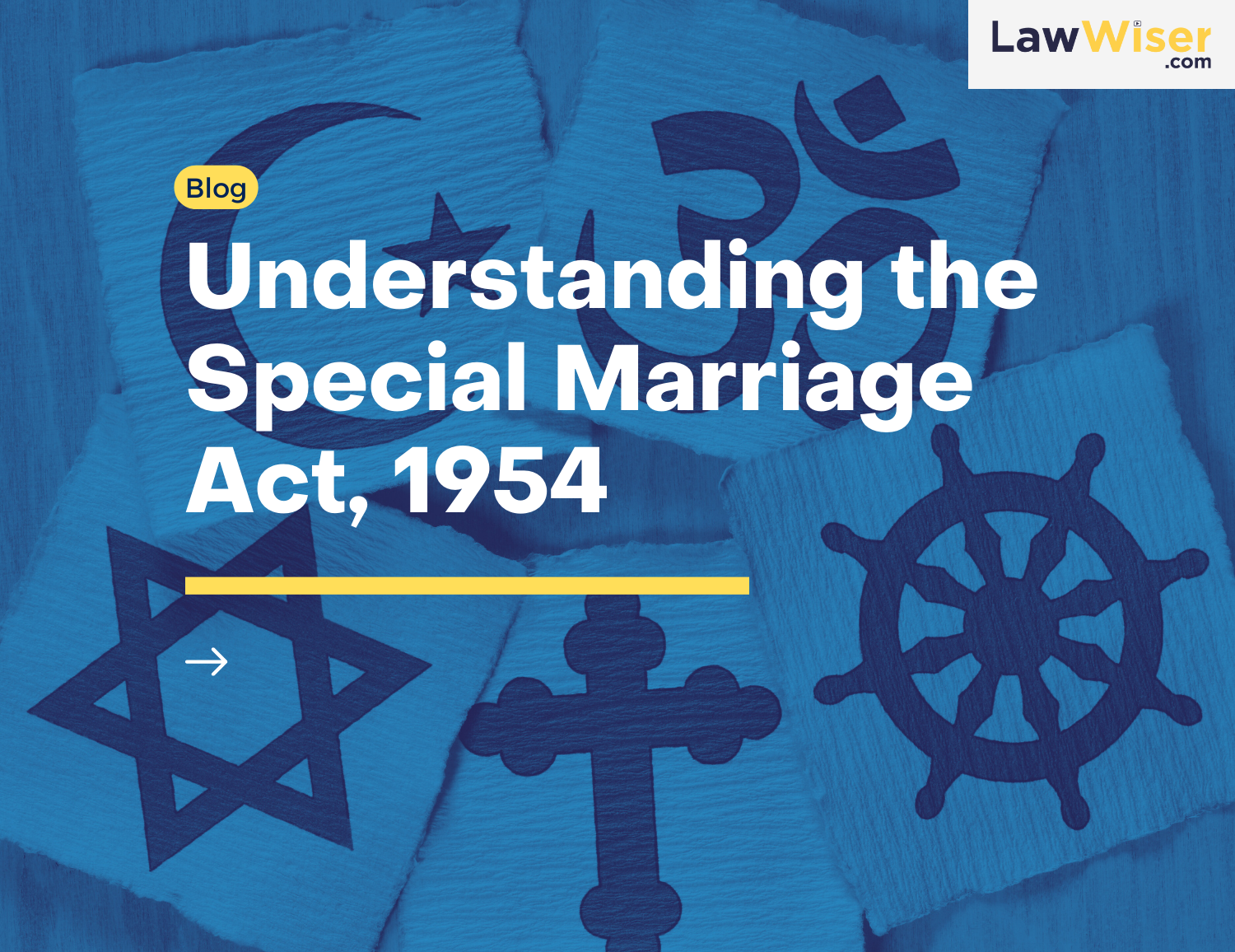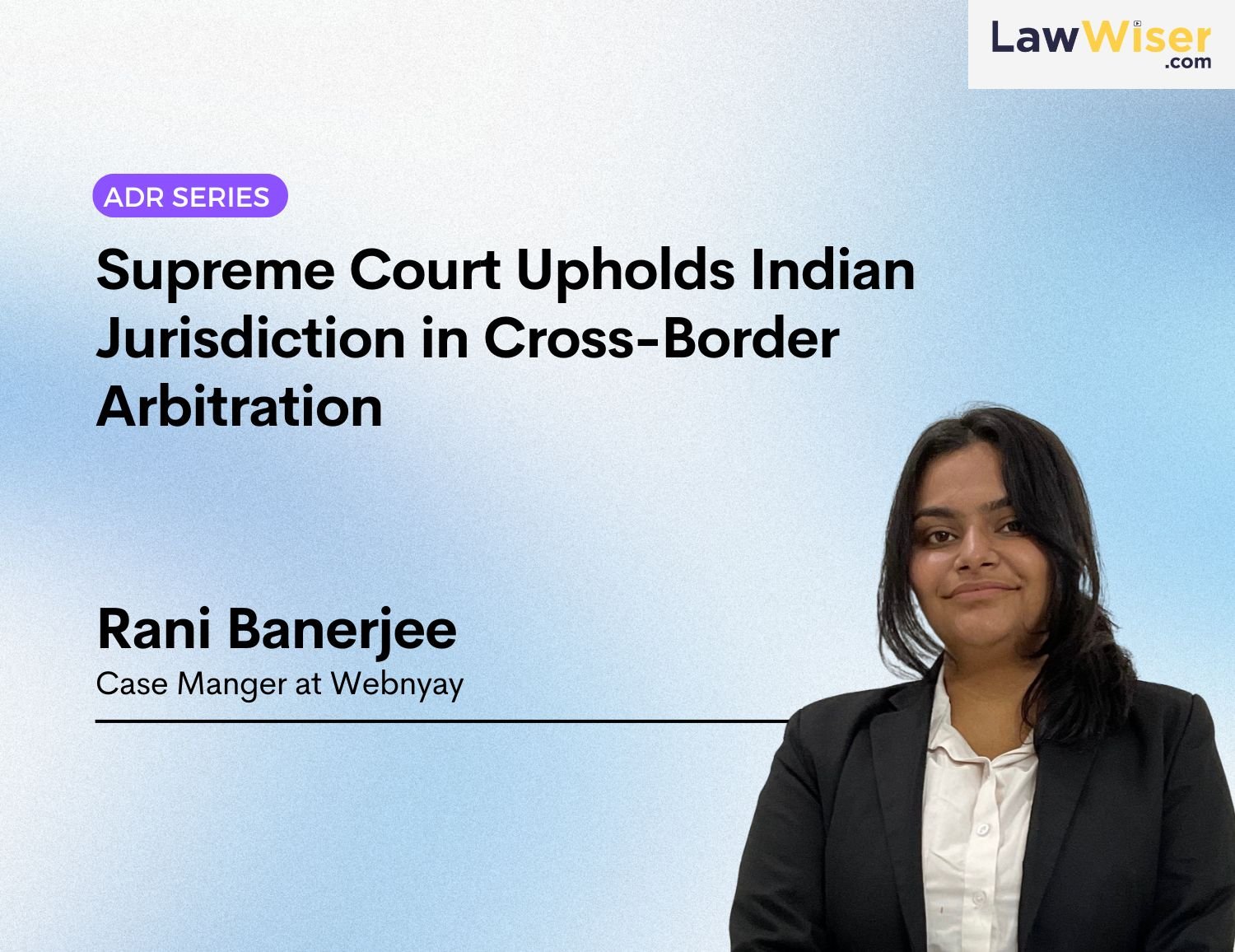In a judgement of significant importance, the Supreme Court of India (“SC”), by exercising its inherent powers under article 142 of the Constitution of India, ordered liquidation of Jet Airways India Limited, once a leading airline of the country (“Jet Airways”), thereby bringing an end to the five year long initiatives of reviving the aviation company. In the case of State Bank of India and Ors vs The Consortium of Murari Lal Jalan and Mr. Florian Fritsch and Anr, the SC ordered liquidation of Jet Airways after the Jalan-Kalrock consortium (“SRA”) failed to implement the National Company Law Tribunal (“NCLT”) approved resolution plan. While emphasizing on the importance to implement resolution plans within defined timelines, the SC decision highlights various limitations in the Insolvency and Bankruptcy Code, 2016 (“Code”) and the functioning of NCLT in approving a resolution plan and provides worthy suggestions in regard thereto.
Pursuant to Jet Airways being admitted into insolvency, the resolution plan submitted by the SRA (“Plan”) was approved by the NCLT. In compliance with the Request for Resolution Plan (RFRP) and regulation 36B(4A) of the IBBI (Insolvency Resolution Process for Corporate Persons) Regulations, 2016 (“Insolvency Regulations”), the SRA furnished a performance bank guarantee of Rs. 150 crore (“PBG Amount”). The Plan contemplated certain conditions precedent to the implementation thereof which were required to be satisfied not later than the date falling within 90 days (extendable by an additional period of 180 days) from the date of the order approving the Plan (“Effective Date”). Furthermore, the SRA undertook to pay the first tranche of Rs. 350 crore (“First Tranche Payment”) within 180 days from the Effective Date. The SRA was unable to fulfill the conditions precedent within the proposed timelines and thus, the timeline for achieving the Effective Date was extended from time to time. Despite the non-fulfillment of all conditions precedent, the NCLT ordered satisfaction thereof and upheld attainment of Effective Date.
During the pendency of an appeal before the National Company Law Appellate Tribunal (“NCLAT’) (“Company Appeal”), the lenders filed an affidavit stating that if the SRA, inter alia, infuses the First Tranche Payment by August 31, 2023, the lenders would withdraw the Company Appeal. The SRA sought to adjust the PBG Amount against the First Tranche Payment and the said adjustment was granted by NCLAT. NCLAT further ordered an extension in the timeline for making the First Tranche Payment, despite which the SRA failed to make payments. Aggrieved by the order of NCLAT, the lenders preferred an appeal before the SC, being the present case.
The SC allowed the appeal of the lenders and held that the SRA failed to implement the Plan despite being granted several opportunities on various occasions. Further, the SC ordered liquidation of Jet Airways and in connection therewith, made the following observations:
- Adjustment of PBG Amount: It was held that NCLAT had erred in allowing the adjustment of the PBG Amount against the First Tranche Payment as it was contrary to the direction given by the SC on January 18, 2024, which directed the First Tranche Payment to be made not later than January 31, 2024. Failure of the SRA to make the First Tranche Payment within the directed timeline was not only held to be a breach of the foregoing order but was also concluded as a failure to implement the Plan. Consequently, and in accordance with applicable law, the PBG Amount would have stood forfeited in the event the resolution applicant fails to implement the resolution plan or contributes to its failure. The PBG had to be kept alive until the complete implementation of the Resolution Plan as per Regulation 36B(4A) of the Insolvency Regulations and not allowed to be adjusted against the First Tranche Payment.
- Timely liquidation to protect the interests of the stakeholders: Preference of timely liquidation over ‘endless resolution process’ prevents the likelihood of the interests of various stakeholders being adversely affected for no fault of their own and also ensures in securing the maximization of value of the assets of the corporate debtor (CD). Despite the grant of multiple extensions from time to time, the SRA indisputably failed to implement the Plan. The SC held that “in scenarios such as the present, “timely liquidation” is indeed preferred over an “endless resolution process” and that “although liquidation should be the last resort, yet one should also ensure that further delay in arriving at this decision does not have the effect of hampering the realizations that can be made through liquidation.”
- Timely implementation of Plan: The SC emphasized on several rulings passed by it for highlighting the significance of a speedy resolution process under the Code either in the context of completing the insolvency resolution process in a time bound manner or ensuring that the liquidator does not cause unnecessary delay or inefficiency in the liquidation process. Unnecessary delay in the implementation of the resolution plan would lead to the assets of the CD diminishing in value and thus, timely implementation of the resolution plan is one of the underlying objectives of the Code. Further, though rule 15 of the NCLT and NCLAT Rules, 2016, grants powers to NCLT and NCLAT respectively to extend time limits such power shall not be exercised mechanically without any application of mind.
The SC noted shortcomings in the Code and in the functioning of NCLT/NCLAT while approving a resolution plan and recommended the following:
- Committee of creditors (CoC) should exhibit good reasons while approving/rejecting a resolution plan which shall enable the authority to comprehend the rationale thereof and to uphold the correctness of the same;
- The central government/Insolvency and Bankruptcy Board of India should explore possibilities of enforcing standards and practices concerning the functioning of a CoC through an independent mechanism supervised by an oversight committee;
- The NCLT/NCLAT must not entertain prayers of successful resolution applicant repeatedly attempting at violating the integrity of a CoC approved resolution plan. The NCLT/NCLAT shall record the next steps to be followed for timely implementation of the approved resolution plan;
- The Code should provide for constitution of a monitoring committee for a smooth handover of the CD to the successful resolution applicant;
- The NCLT/NCLAT should adjudicate upon the application for initiation of CIRP, approval of resolution plan and liquidation in a time-bound manner to prevent deterioration in the value of the corporate entity;
- While suggesting modifications to the infrastructure of NCLT/NCLAT, the SC recommended filling of vacancies with experts having adequate domain knowledge.
The judgement of the SC re-emphasizes that timely resolution is the key to ensure the effectiveness of the Code and in this all the stakeholders including the resolution professional, committee of creditors, resolution applicant and the NCLT/NCLAT also have to play their part.
This article has been contributed by Yashwi Agarwal, Associate, at Citadel Law Chambers.



 January 17, 2025
January 17, 2025








 September 2, 2025
September 2, 2025 0 COMMENTS
0 COMMENTS


